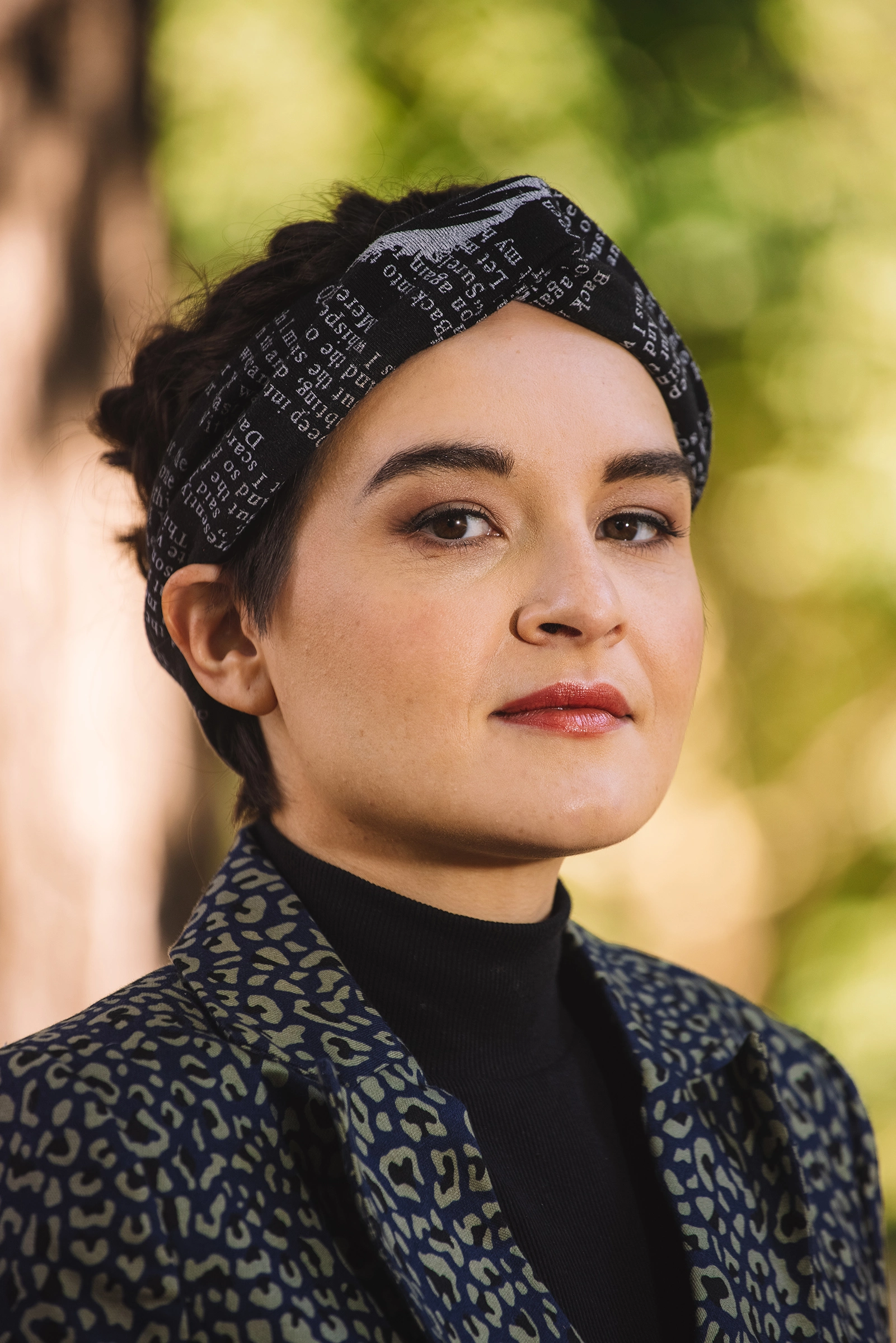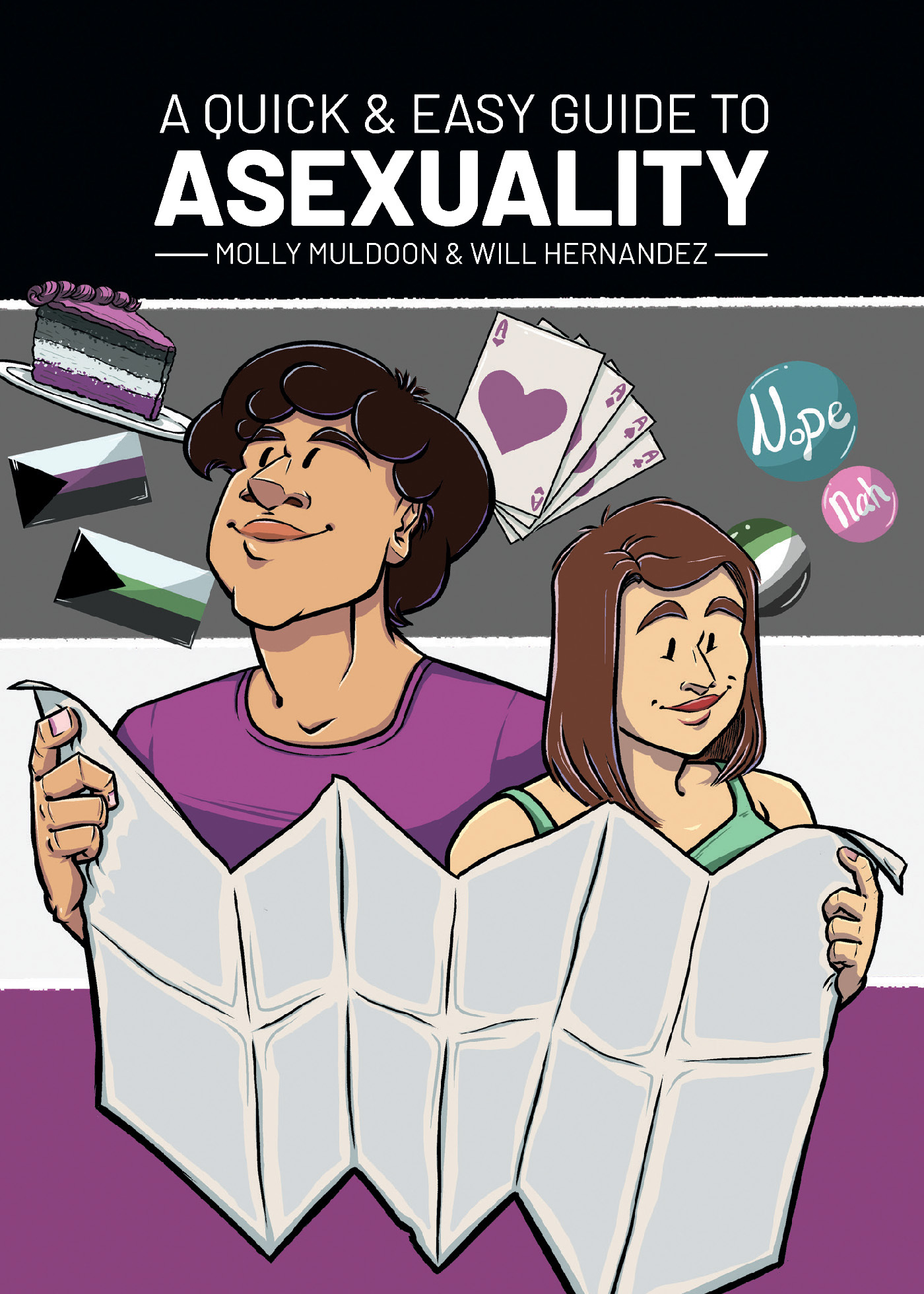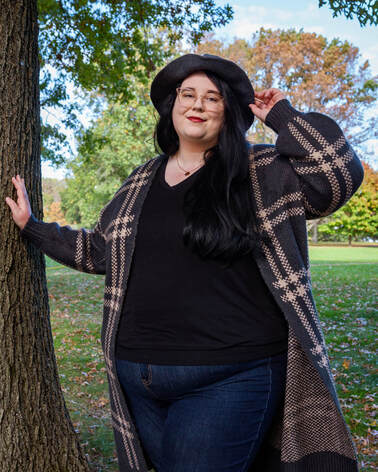
by Michele Kirichanskaya | Apr 24, 2022 | Blog
Darcie Little Badger is a Lipan Apache writer with a PhD in oceanography. Her critically acclaimed debut novel, Elatsoe, was featured in Time Magazine as one of the best 100 fantasy books of all time. Elatsoe also won the Locus award for Best First Novel and is a...

by Joe Corallo | Apr 6, 2022 | Blog
Today marks the second International Asexuality Day. It’s a day to promote and highlight asexual, aromantic, demisexual, and other identities that fall under the ace umbrella. In order to help celebrate IAD, we’d like to highlight a number of Michele...

by Michele Kirichanskaya | Mar 25, 2022 | Blog
Molly Muldoon is a former scholar and bookseller, current librarian and writer, and always demisexual fan fiction enthusiast. Her works include The Cardboard Kingdom, Dead Weight: Murder at Camp Bloom, and the forthcoming The Cardboard Kingdom: Roar of the Beast....

by Michele Kirichanskaya | Mar 18, 2022 | Blog
Courtney Lane (she/her) and Royce (no pronouns/he/they) are a married asexual couple of nearly 8 years who host The Ace Couple podcast where they talk about all things Asexuality. By discussing queer culture and history, they explore the topics of life, love, and sex...

by Michele Kirichanskaya | Oct 30, 2021 | Blog
amanda lovelace (she/they) is the author of several bestselling poetry titles, including her celebrated “women are some kind of magic” series as well as her “you are your own fairy tale” trilogy. she is also the co-creator of the believe in your own magic...






